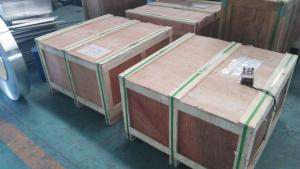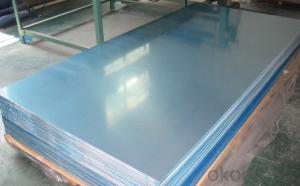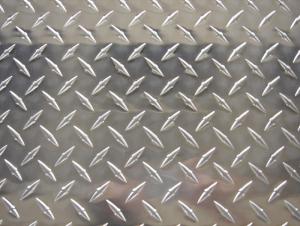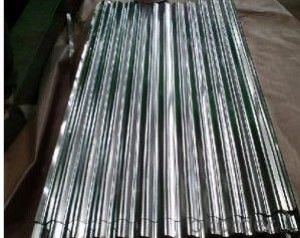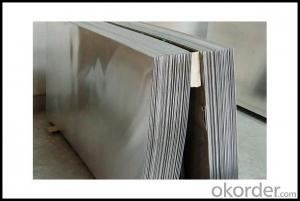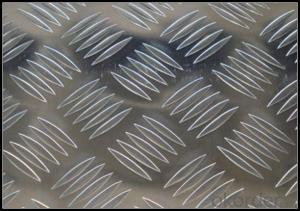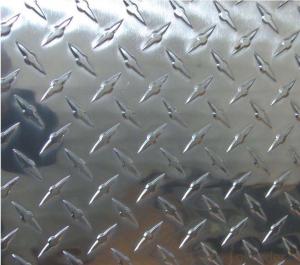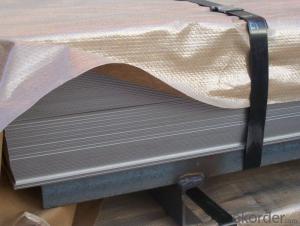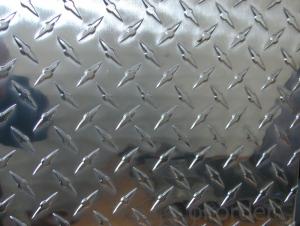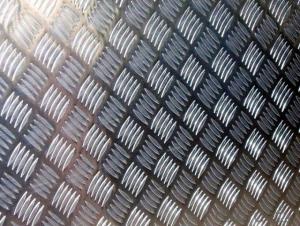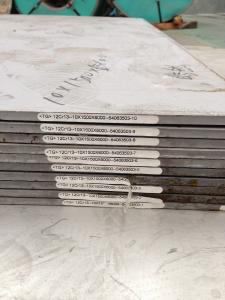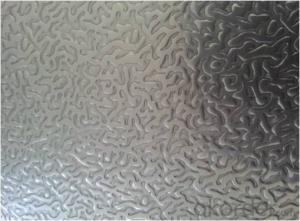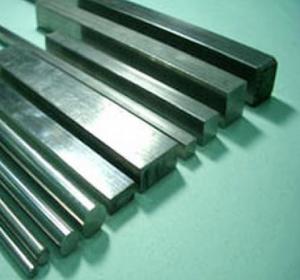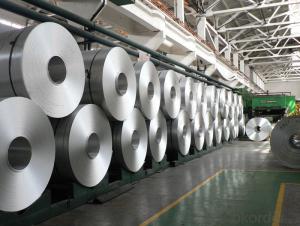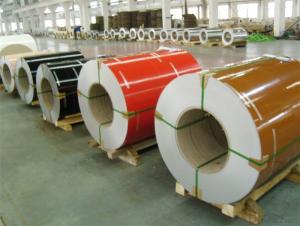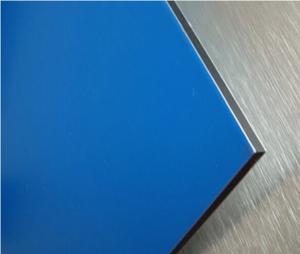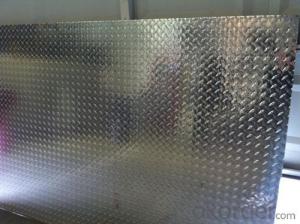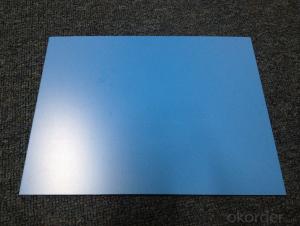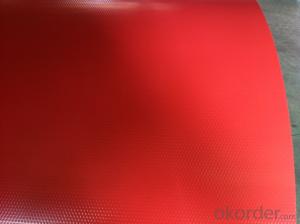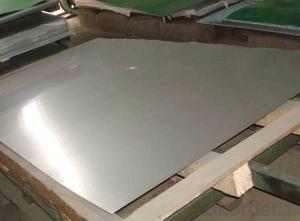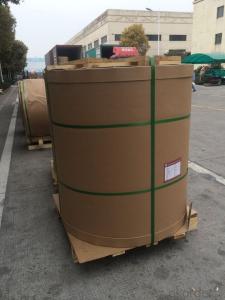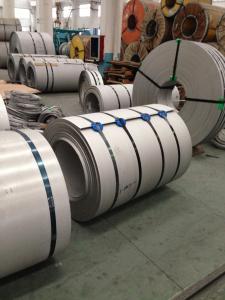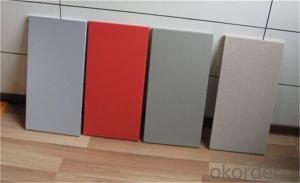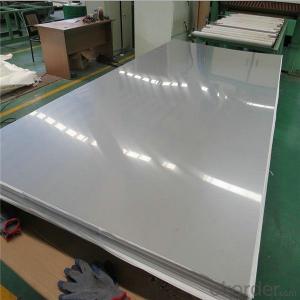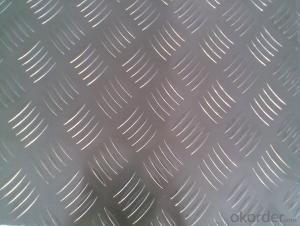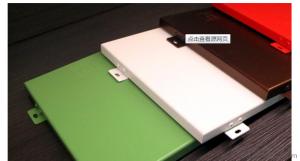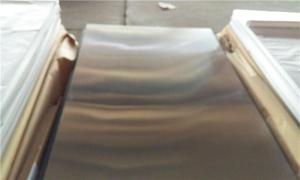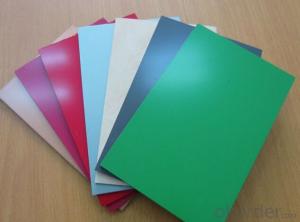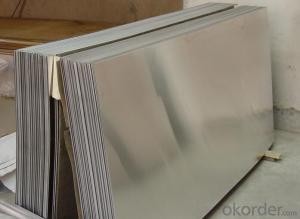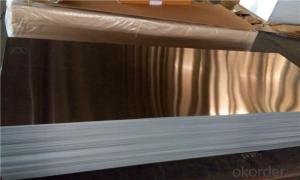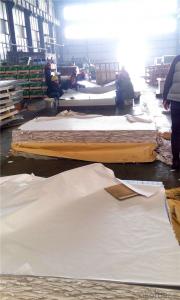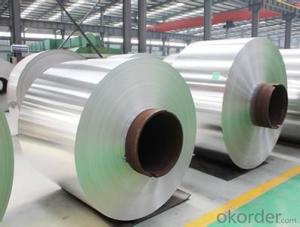4x8 Sheet Aluminum Diamond Plate
4x8 Sheet Aluminum Diamond Plate Related Searches
4x8 Sheet Diamond Plate Aluminum Aluminum Diamond Plate 4x8 Sheet Diamond Plate Aluminum Sheets 4X8 4x8 Aluminum Diamond Plate Aluminum Diamond Plate 4x8 4x8 Diamond Plate Aluminum 4 X 8 Aluminum Diamond Plate Diamond Plate Aluminum 4x8 4x8 1 8 Aluminum Diamond Plate 1 8 Aluminum Diamond Plate 4 X8 4x8 1/8 Aluminum Diamond Plate 4 X 8 Diamond Plate Aluminum 4x8 1 4 Aluminum Diamond Plate 4 8 Aluminum Diamond Plate 4x8 1/8 Diamond Plate Aluminum 4x8 1/4 Aluminum Diamond Plate Black Aluminum Diamond Plate 4x8 4x8 1/4 Diamond Plate Aluminum 4x8 Aluminum Diamond Plate 1/8 1/4 Aluminum Diamond Plate 4x8 4x8 Aluminum Diamond Plate Price 4x8 Aluminum Diamond Plate 1 8 4x8 3 16 Aluminum Diamond Plate 1 8 Diamond Plate Aluminum Sheet 4x8 Aluminum Plate 4X8 Sheet Aluminum 4x8 Diamond Plate Aluminum Price 4 By 8 Aluminum Diamond Plate 1/8 Aluminum Diamond Plate 4'X8' Aluminum Plate 4x84x8 Sheet Aluminum Diamond Plate Supplier & Manufacturer from China
4x8 Sheet Aluminum Diamond Plate is a type of metal sheet material known for its durability, slip resistance, and aesthetic appeal. This product features a diamond-shaped pattern on its surface, providing excellent traction and a modern look. It is commonly used in various industries for different purposes, such as flooring, stair treads, and wall panels, making it a versatile choice for both commercial and residential applications.The 4x8 Sheet Aluminum Diamond Plate is widely utilized in areas where slip resistance is crucial, such as in workshops, factories, and commercial kitchens. Its non-slip surface ensures safety underfoot, reducing the risk of accidents and injuries. Additionally, the aluminum material offers corrosion resistance and is lightweight, making it an ideal choice for applications where weight and durability are important factors. The diamond plate's design also adds a sleek and contemporary appearance to any space, enhancing its visual appeal.
Okorder.com is a leading wholesale supplier of 4x8 Sheet Aluminum Diamond Plate, boasting a vast inventory of this product to cater to the needs of various customers. With a commitment to providing high-quality materials at competitive prices, Okorder.com ensures that clients receive the best value for their investment. The company's extensive stock allows for quick turnaround times and efficient delivery, making it a reliable choice for those seeking to purchase 4x8 Sheet Aluminum Diamond Plate for their projects.
Hot Products


